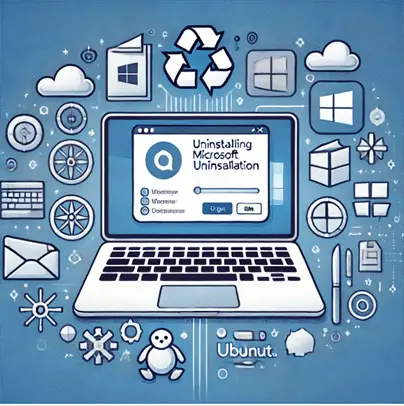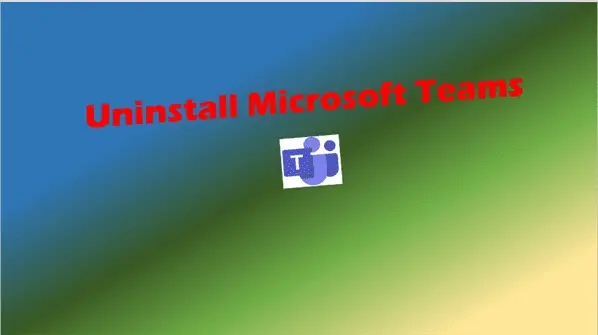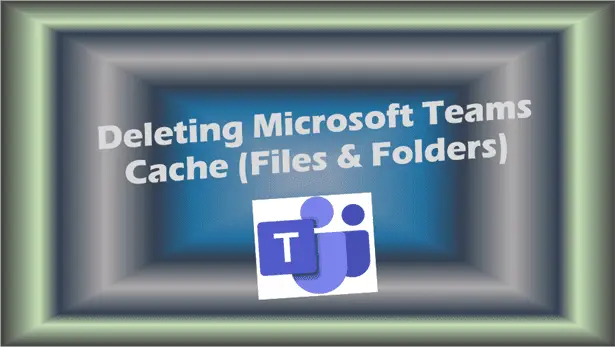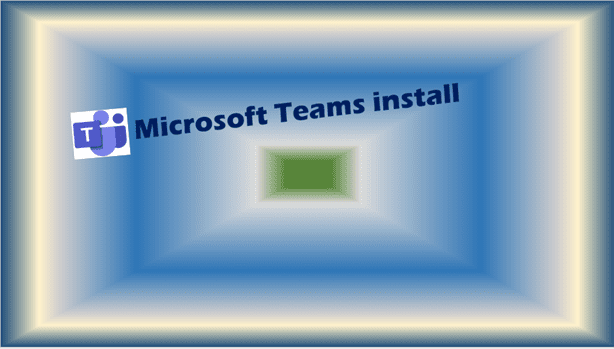Uninstall Microsoft Teams: The Ultimate Guide for IT Users
Learn how to uninstall Microsoft Teams efficiently across Windows, Mac, and Ubuntu. Our comprehensive guide covers all methods and troubleshooting tips.
Introduction – Uninstall Microsoft Teams
In today’s interconnected workplace, Microsoft Teams has become an indispensable tool for collaboration and communication. However, there are times when IT professionals need to remove this application from their systems. Whether you’re troubleshooting issues, performing system maintenance, or transitioning to a different platform, knowing how to uninstall Microsoft Teams efficiently is crucial. This comprehensive guide will walk you through various methods to uninstall Teams across different operating systems and scenarios, ensuring you have the knowledge to manage your IT environment effectively.
Why Uninstall Microsoft Teams?
Before we dive into the technical details, let’s explore some common reasons why you might need to uninstall Microsoft Teams:
- System Performance: Teams can be resource-intensive, and uninstalling it may help improve system performance on older hardware.
- Troubleshooting: Removing and reinstalling Teams can often resolve persistent issues.
- Version Control: IT administrators may need to uninstall older versions to ensure all users are on the latest release.
- Security Compliance: Some organizations may require the removal of Teams for security or compliance reasons.
- Migration: When switching to alternative collaboration platforms, a clean uninstallation is often necessary.

Uninstall Microsoft Teams on Windows
Using the Command Line
For IT professionals who prefer working with command-line interfaces, here’s how to uninstall Teams using the Command Prompt:
- Open Command Prompt as an administrator.
- Run the following command:
wmic product where name="Microsoft Teams" call uninstall- Wait for the process to complete and restart your computer.
Using PowerShell
PowerShell offers a more powerful method to uninstall Microsoft Teams:
- Open PowerShell as an administrator.
- Execute the following command:
Get-AppxPackage *MicrosoftTeams* | Remove-AppxPackage- For a more thorough removal, including the machine-wide installer, use:
Get-AppxPackage *MicrosoftTeams* | Remove-AppxPackage
Get-WmiObject -Class Win32_Product | Where-Object {$_.Name -eq "Teams Machine-Wide Installer"} | ForEach-Object {$_.Uninstall()}Uninstall Teams for All Users
To remove Microsoft Teams for all users on a Windows machine:
- Open PowerShell as an administrator.
- Run the following command:
Get-AppxPackage -AllUsers *MicrosoftTeams* | Remove-AppxPackageUninstall Teams Classic
For organizations still using the classic version of Teams, here’s how to remove it:
- Open PowerShell as an administrator.
- Execute this command:
Get-AppxPackage *MicrosoftTeams* | Remove-AppxPackage- Additionally, navigate to
C:\Users\[Username]\AppData\Local\Microsoft\Teamsand delete the Teams folder.
Uninstall Microsoft Teams on macOS
Removing Teams from a Mac is straightforward:
- Open Finder and go to the Applications folder.
- Locate Microsoft Teams.
- Right-click (or Control-click) on the Teams icon and select “Move to Trash.”
- Empty the Trash to complete the uninstallation.
For a more thorough removal using Terminal:
- Open Terminal.
- Run the following command:
sudo rm -rf /Applications/Microsoft\ Teams.app- Enter your administrator password when prompted.
Uninstall Microsoft Teams on Ubuntu
For Linux users, specifically on Ubuntu:
- Open Terminal.
- Execute the following command:
sudo apt-get remove teams- If you installed Teams using a .deb package, use:
sudo dpkg -r teamsTroubleshooting Common Uninstallation Issues
Teams Won’t Uninstall
If you encounter issues while trying to uninstall Microsoft Teams:
- Ensure Admin Rights: Make sure you have administrator privileges.
- Close All Instances: Ensure no Teams processes are running in the background.
- Use PowerShell: The PowerShell method often works when other methods fail.
- Check for Leftover Files: Manually remove any remaining Teams files from the AppData folder.
Removing Residual Files
After uninstallation, you may want to remove residual files:
- On Windows, delete the following folders:
C:\Users\[Username]\AppData\Local\Microsoft\TeamsC:\Users\[Username]\AppData\Roaming\Microsoft\Teams
- On macOS, remove:
~/Library/Application Support/Microsoft/Teams~/Library/Caches/com.microsoft.teams
Best Practices for IT Administrators
When managing Teams across an organization:
- Create an Uninstallation Policy: Develop a standardized procedure for uninstalling Teams.
- Use Group Policy: Leverage Group Policy to manage Teams installation and removal across multiple machines.
- Regular Audits: Periodically audit systems to ensure compliance with your Teams deployment strategy.
- Document the Process: Maintain clear documentation on the uninstallation process for your IT team.
Reinstalling Microsoft Teams
After uninstallation, you may need to reinstall Teams. Here’s a quick guide:
- Visit the official Microsoft Teams download page.
- Choose the appropriate version for your operating system.
- Download and run the installer.
- Follow the on-screen instructions to complete the installation.
Impact on Data and Accounts
It’s important to note that uninstalling Microsoft Teams does not delete your account or data stored on Microsoft’s servers. Your chat history, files, and other information will remain intact and accessible when you reinstall Teams or log in via the web interface.
Alternatives to Complete Uninstallation
In some cases, a complete uninstallation may not be necessary. Consider these alternatives:
- Disable Auto-Start: Prevent Teams from launching at system startup to reduce resource usage.
- Update Teams: Often, updating to the latest version can resolve issues without uninstallation.
- Clear Cache: Clearing the Teams cache can solve many problems without full removal.
Uninstalling Teams on Mobile Devices
While this guide focuses on desktop environments, it’s worth mentioning the process for mobile devices:
- iOS: Press and hold the Teams app icon, then tap “Remove App.”
- Android: Go to Settings > Apps > Microsoft Teams > Uninstall.
Key Takeaways
- Uninstalling Microsoft Teams can be done through various methods, including Command Line, PowerShell, and GUI options.
- Different operating systems (Windows, macOS, Ubuntu) require specific uninstallation procedures.
- Always ensure you have administrator rights before attempting to uninstall Teams.
- Removing Teams doesn’t delete your account or data stored on Microsoft’s servers.
- Consider alternatives like disabling auto-start or updating before opting for a complete uninstallation.
- IT administrators should develop a standardized uninstallation policy for organizational use.
FAQ
- Q: Will uninstalling Teams delete my conversations and files?
A: No, your data is stored on Microsoft’s servers and will be available when you log in again. - Q: How do I know if Microsoft Teams is completely uninstalled?
A: Check your Start menu, Applications folder, or use the search function. Also, verify that Teams folders are removed from AppData. - Q: Can I uninstall Teams without admin rights?
A: Generally, admin rights are required for a complete uninstallation. Contact your IT department if you don’t have these privileges. - Q: Is it safe to delete leftover Teams folders after uninstallation?
A: Yes, it’s safe to remove Teams folders from AppData after uninstallation. This ensures a clean removal. - Q: How do I uninstall Teams on a terminal server?
A: Use the PowerShell method with administrator rights, ensuring you remove it for all users. - Q: Can I use the same method to uninstall both new and classic Teams versions?
A: While the methods are similar, classic Teams may require additional steps, like manually deleting folders. - Q: Will uninstalling Teams affect other Microsoft 365 applications?
A: No, uninstalling Teams shouldn’t affect other Microsoft 365 apps. However, always backup important data before major system changes. - Q: How often should I update or reinstall Microsoft Teams?
A: Microsoft regularly updates Teams. Follow your organization’s IT policies, but generally, keeping the app updated is recommended rather than frequent reinstallations. - Q: Is there a Microsoft Teams uninstall tool?
A: While there’s no official standalone uninstall tool, the methods described in this guide effectively remove Teams. - Q: After uninstalling, can I prevent Microsoft Teams from reinstalling automatically?
A: Yes, you can use Group Policy settings or registry edits to prevent automatic reinstallation. Consult with your IT department for the best approach in your environment.
Remember, while this guide provides comprehensive instructions, always follow your organization’s IT policies and consult with your IT department when making significant changes to your system.
Related Posts to Installing Microsoft Teams:
- Microsoft Teams Admin Center: Your Ultimate Guide
- How to Join a Meeting on Microsoft Teams (in 3 Easy Steps)
- Installing Microsoft Teams on laptop
- How to Set Up a Teams Meeting: Top Tips for Beginners and Experts
- How to Delete Chats in Microsoft Teams: Easy Steps to Follow
- Elevating Your Business with Microsoft 365 Business Premium – A Comprehensive Guide
More Information:






